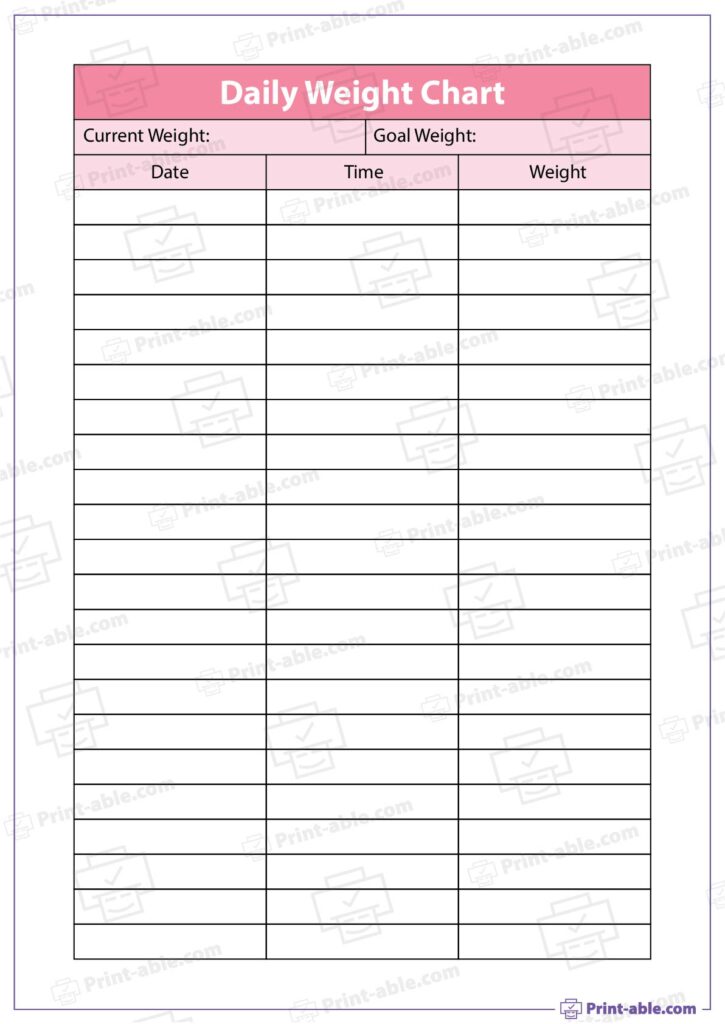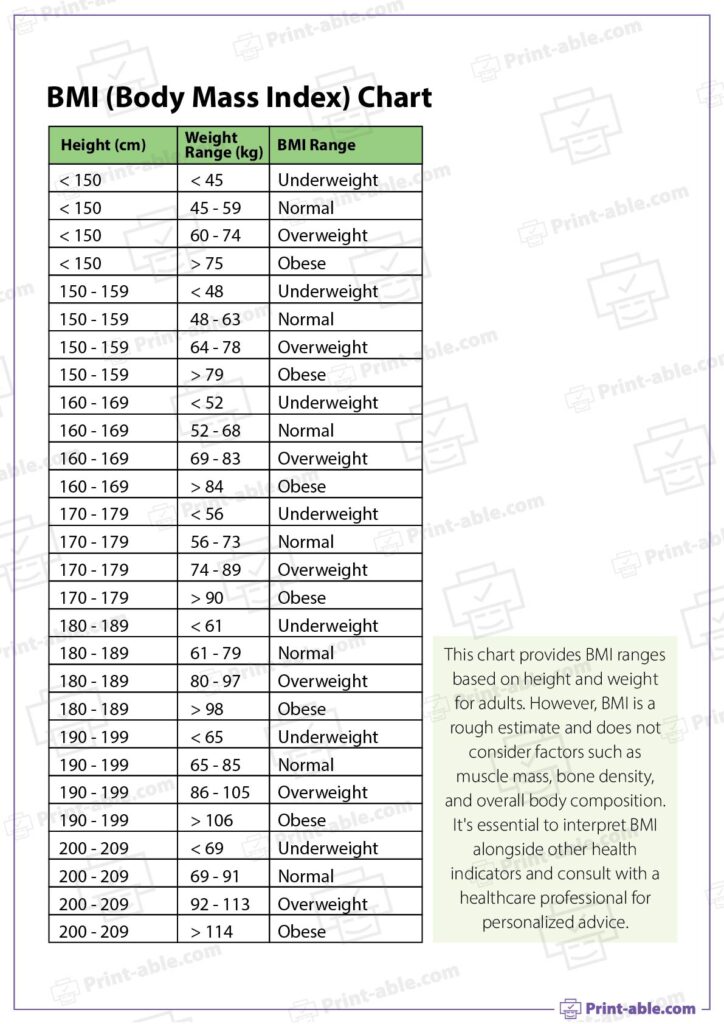The Height to Weight/ Ht to Wt Chart is a valuable tool that correlates a person’s height with their corresponding weight, providing insight into whether their weight is within a healthy range. This chart is commonly used in healthcare settings, fitness assessments, and weight management programs to track individuals’ progress and assess overall health.
By referencing the Ht to Wt Chart, individuals can quickly determine if their weight aligns with societal norms based on their height. Understanding where one falls on the chart can help in setting realistic weight goals and making informed decisions regarding their health and lifestyle choices. It serves as a visual representation of the relationship between height and weight, simplifying the complex concept of ideal body weight into an easy-to-read format.
The chart typically categorizes weight status into ranges such as underweight, healthy weight, overweight, and obese, based on the Body Mass Index (BMI). It aids in identifying trends in weight gain or loss over time, facilitating early intervention if needed. Regularly monitoring one’s position on the Ht to Wt Chart can promote awareness of weight fluctuations and encourage proactive steps towards maintaining a healthy weight for optimal well-being.

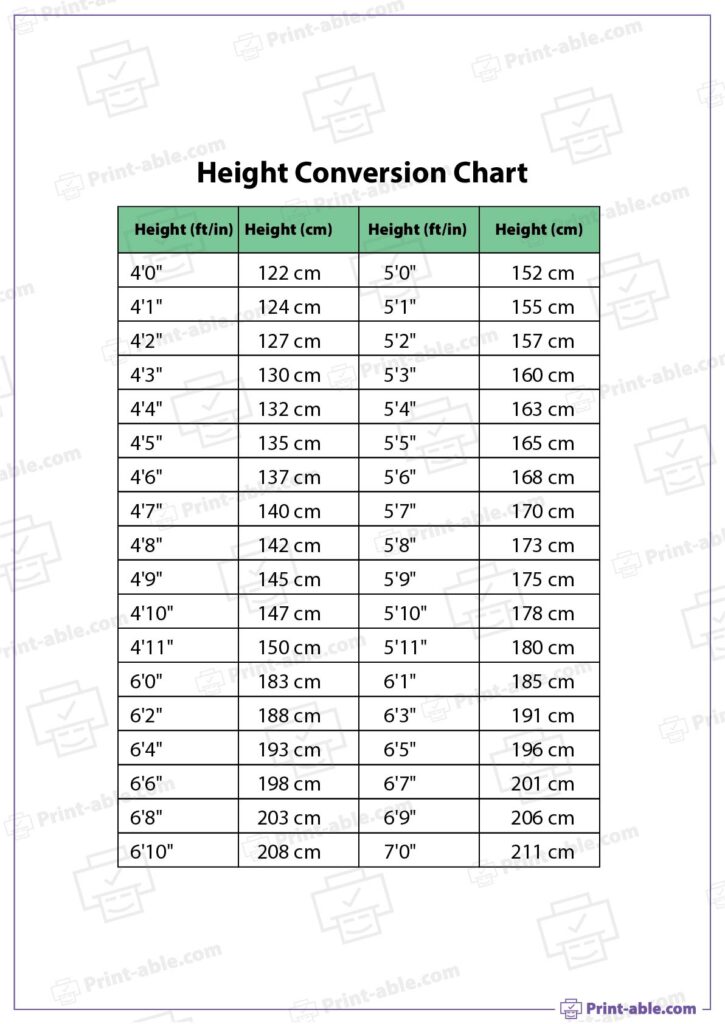
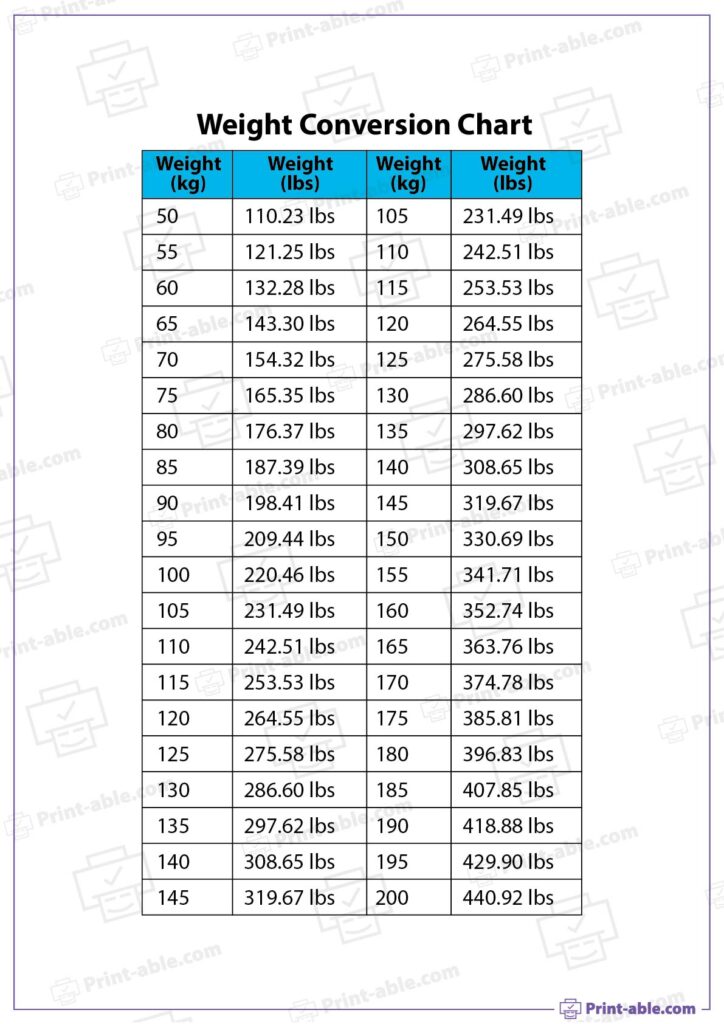
Key Metrics for Different Ages and Genders
Key Metrics for Different Ages and Genders is a crucial aspect when using the ht to wt chart. Understanding the variations based on age and gender is essential for accurate measurements. Boys Weight and Height Conversion Chart provides specific data tailored to boys, helping track their growth and development over time. It considers their unique physical attributes and growth patterns to ensure precise assessment.
Girls Weight and Height Conversion Chart offers detailed information reflecting the growth patterns of girls. It accounts for the differences in growth rates and body compositions between boys and girls, providing a comprehensive guide for monitoring their health and development. By utilizing gender-specific metrics, individuals can better understand how their height and weight relate to established norms for their gender and age group.
Furthermore, delving into the Female Height and Weight Chart presents a detailed perspective on height and weight ratios specific to females. This chart caters to the unique physiological characteristics of females, offering insights into healthy weight ranges and growth expectations. Understanding these key metrics for different ages and genders ensures accurate assessments and promotes overall well-being through informed decision-making when using the ht to wt chart.
Boys Weight and Height Conversion Chart
Boys Weight and Height Conversion Chart provides a valuable tool for tracking the growth and development of boys at different ages. This chart typically includes a range of heights and weights corresponding to specific age groups, allowing parents and healthcare providers to monitor a child’s progress accurately.
By referencing the Boys Weight and Height Conversion Chart, individuals can assess whether a boy’s weight is proportionate to his height, helping to identify any potential growth or nutritional concerns. Understanding the expected weight range for a particular height can aid in evaluating a child’s overall health and well-being, ensuring that they are meeting appropriate developmental milestones.
This chart serves as a useful reference point for comparing a boy’s measurements to standardized growth patterns. It can assist in identifying deviations from the norm and prompt further investigation if necessary. Regularly consulting the Boys Weight and Height Conversion Chart enables caregivers to make informed decisions regarding a child’s diet, exercise routine, and healthcare needs based on their growth trajectory.
Boys Weight and Height Conversion Chart is a practical resource that offers insights into a boy’s physical development over time. By utilizing this tool, parents and healthcare professionals can gain a comprehensive understanding of a child’s growth patterns and take proactive steps to support their health and well-being effectively.
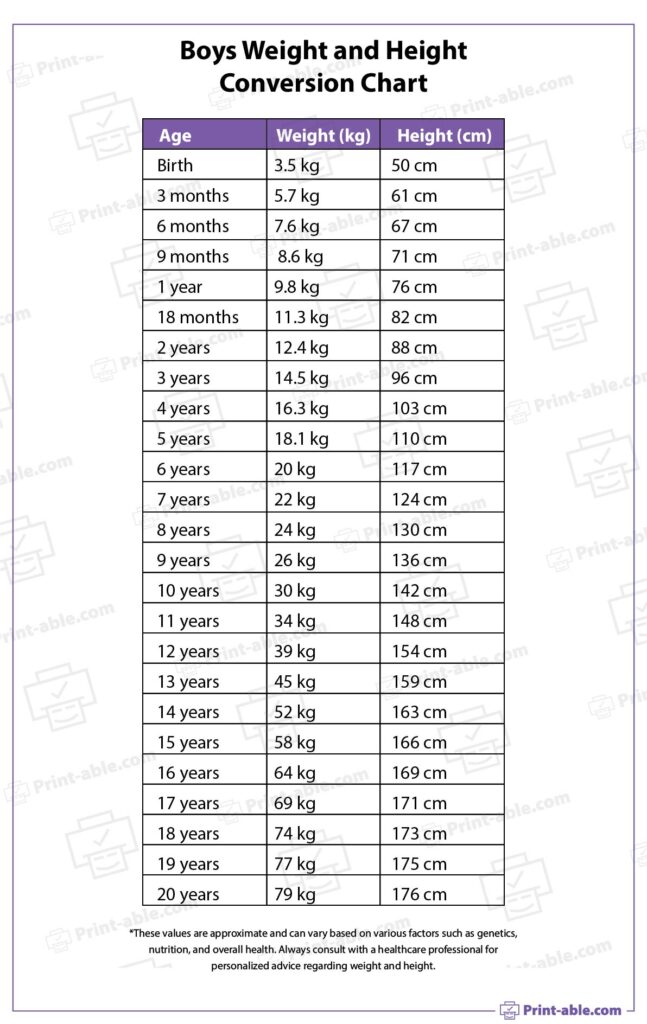
Girls Weight and Height Conversion Chart
For the Girls Weight and Height Conversion Chart, it serves as a valuable tool for monitoring a girl’s growth and development. This chart typically displays height against weight measurements specific to girls, providing a reference point for parents, healthcare providers, and individuals to assess whether a girl’s weight aligns with her height percentile. By using this chart, one can track if a girl’s weight is within a healthy range relative to her height, aiding in the early detection of potential growth issues or concerns.
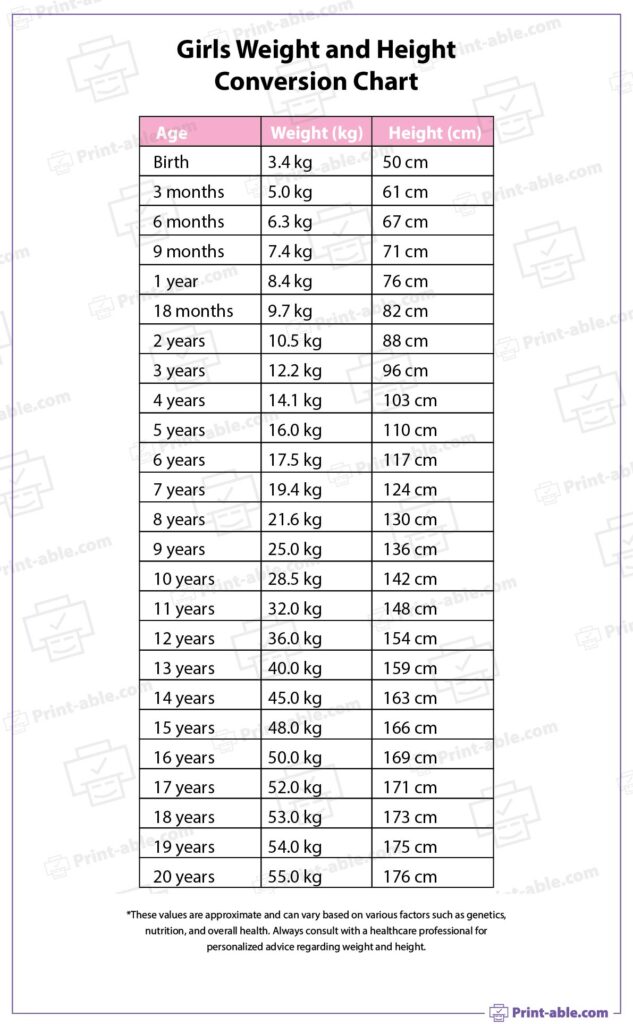
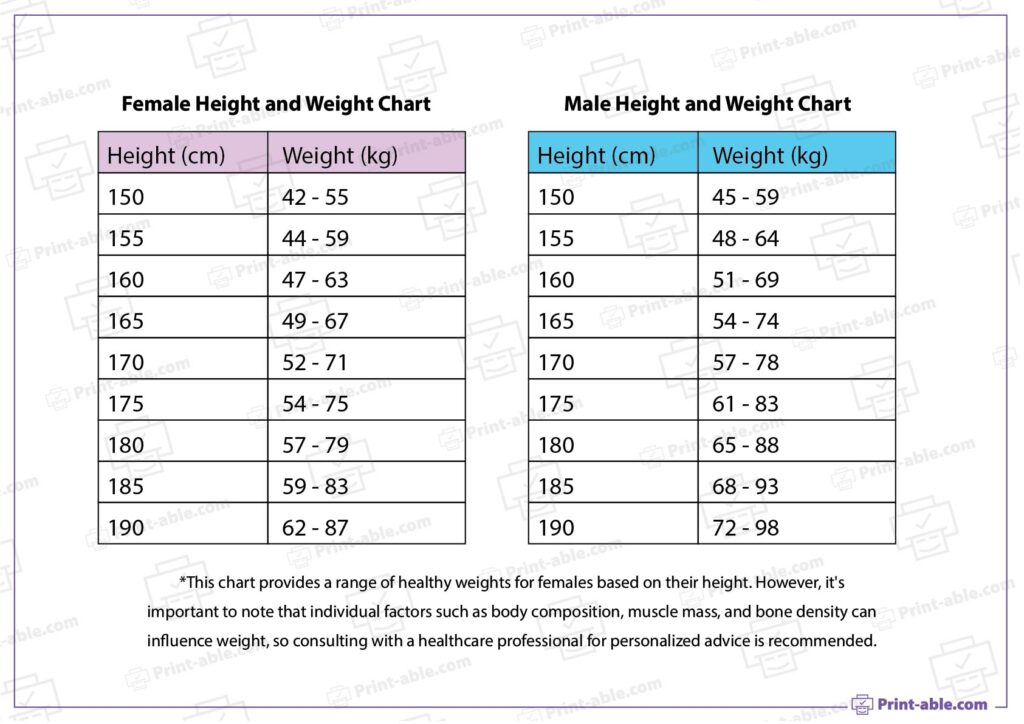
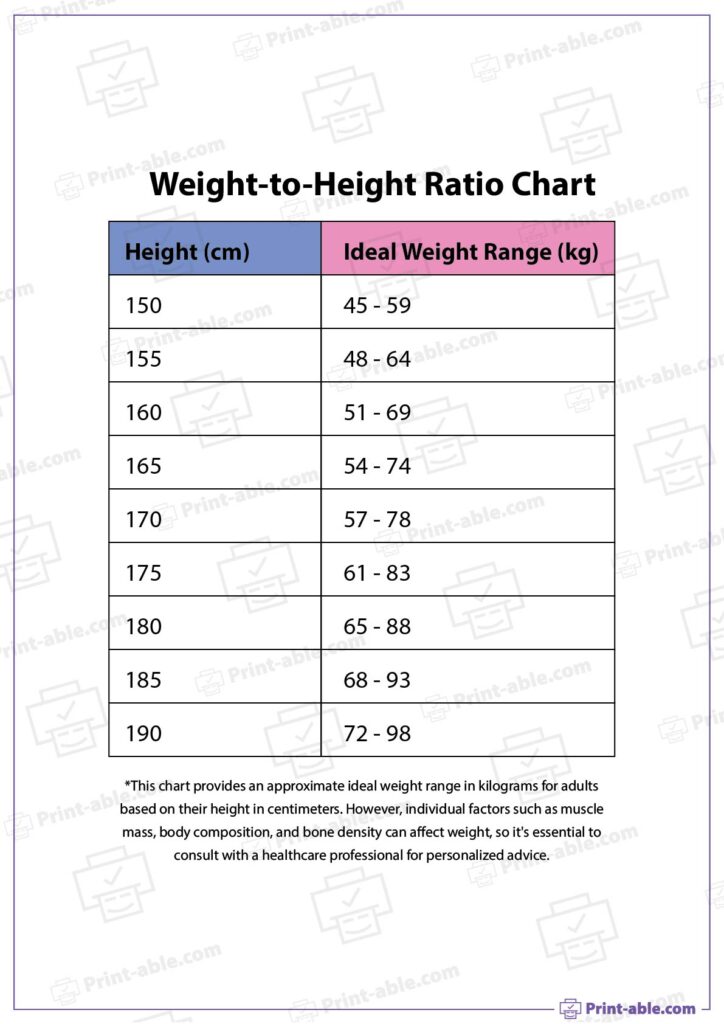

Bmi Ht Wt Chart and Daily Weight Chart
When it comes to tracking health beyond just height and weight measurements, the Body Mass Index (BMI) chart and Daily Weight Chart play vital roles. The BMI chart calculates your body mass relative to your height, providing insight into your overall health status. It helps determine if you are underweight, normal weight, overweight, or obese based on your BMI score.
Daily Weight Chart allows individuals to monitor their weight fluctuations over time accurately. By recording daily weights, trends and patterns can be identified, aiding in assessing the effectiveness of diet and exercise regimens. It also helps in recognizing sudden weight changes that might require attention from a healthcare professional.
Both the BMI chart and Daily Weight Chart serve as valuable tools for individuals looking to achieve and maintain a healthy weight. They offer a holistic view of one’s health journey, beyond just the numbers on a scale. By incorporating these charts into your wellness routine, you can proactively manage your weight and overall well-being for a healthier future.
